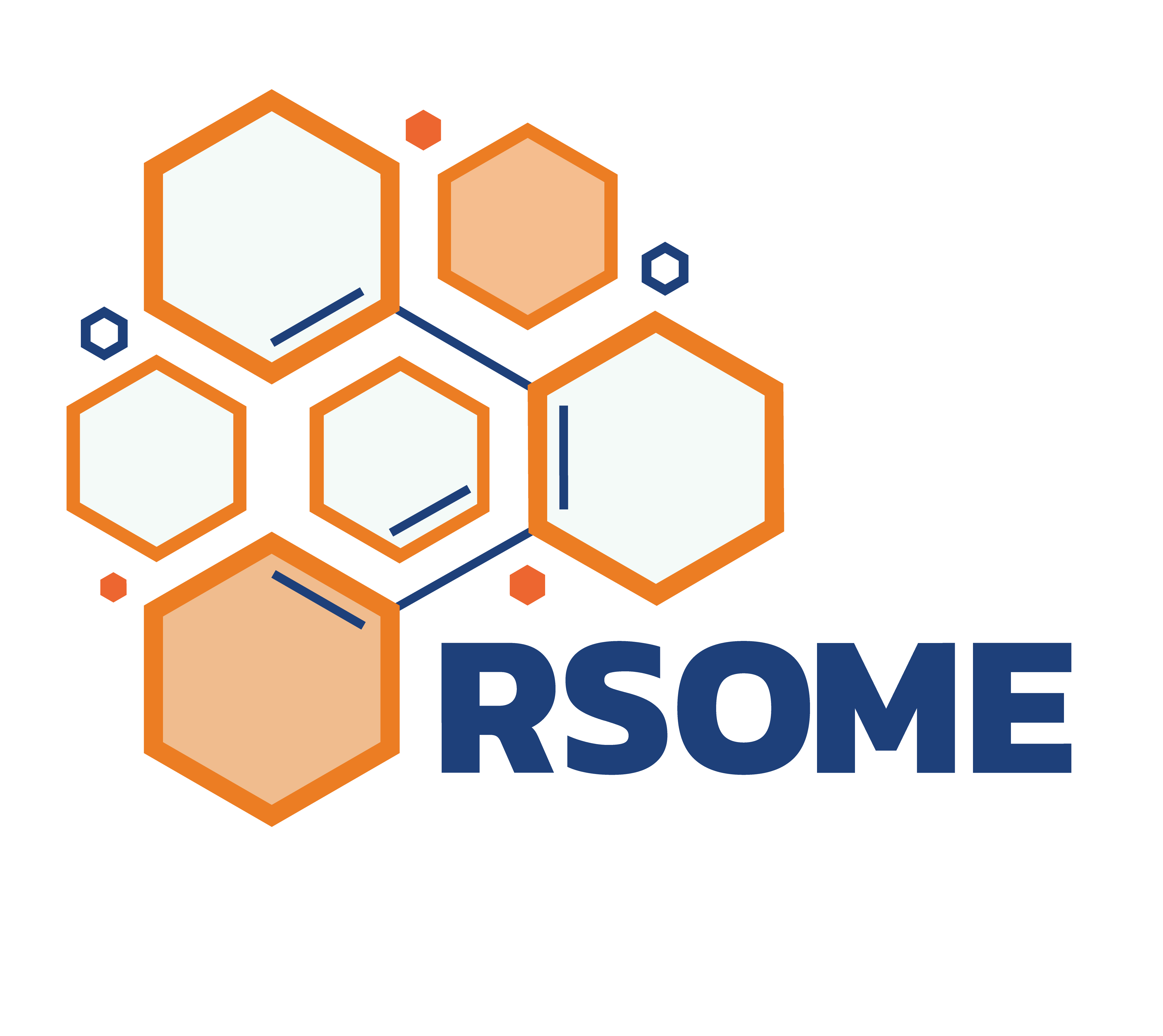
| Star | Watch | Fork |
| Home |
|---|
| User Guide |
| Examples |
| About |
Distributionally Robust Medical Appointment
In this example, we consider a medical appointment scheduling problem described in Bertsimas et al. (2019), where \(N\) patients arrive at their stipulated schedule and may have to wait in a queue to be served by a physician. The patients’ consultation times are uncertain and their arrival schedules are determined at the first stage, which can influence the waiting times of the patients and the overtime of the physician.
A distributionally robust optimization model presented below is used to minimize the worst-case expected total cost of patients waiting and physician overtime over a partial cross moment ambiguity set.
\[\begin{align} \min~&\sup\limits_{\mathbb{P}\in\mathcal{F}}~\mathbb{E}_{\mathbb{P}}\left[\sum\limits_{j=1}^N y_i(\tilde{\pmb{z}}, \tilde{\pmb{u}}) + \gamma y_{N+1}(\tilde{\pmb{z}}, \tilde{\pmb{u}})\right] && \\ \text{s.t.}~&y_j(\pmb{z}, \pmb{u}) - y_{j-1}(\pmb{z}, \pmb{u}) + x_{j+1} \geq z_{j-1} && \forall (\pmb{z}, \pmb{u})\in \mathcal{Z}, ~\forall j \in \{2, 3, ..., N+1\} \\ &\pmb{y}(\pmb{z}, \pmb{u}) \geq \pmb{0} && \forall (\pmb{z}, \pmb{u})\in \mathcal{Z} \\ &y_j \in \overline{\mathcal{A}}(\{\{1\}\}, [N+1]) && \forall j \in [N]\\ &\pmb{x} \geq \pmb{0},~\sum\limits_{j=1}^N x_j \leq T && \\ \end{align}\]with the random variable \(\tilde{z}_j\) representing the uncertain consultation time of each patient. The first-stage decision \(x_j\) denotes the inter-interval time between patient \(j\) to the adjacent patient \(j+1\), for \(j\in[N-1]\), and \(x_N\) is the arrival of the last patient and the scheduled completion time for the physician before overtime commences. The second-stage decision \(y_j\) denotes the waiting time of patient \(j\), with \(i \in [N]\) and \(y_{N+1}\) represents the overtime of the physician.
In this numerical experiment, we consider the lifted form of the partial cross moment ambiguity set \(\mathcal{F}\) given below.
\[\begin{align} \mathcal{F} = \left\{ \mathbb{P}\in\mathcal{P}(\mathbb{R}^N\times\mathbb{R}^{N+1}) ~\left|~ \begin{array}{ll} (\tilde{\pmb{z}}, \tilde{\pmb{u}}) \sim \mathbb{P} \\ \mathbb{P}[\pmb{z}\in\mathcal{Z}] = 1 \\ \mathbb{E}_{\mathbb{P}}[\tilde{\pmb{z}}] = \pmb{\mu} & \\ \mathbb{E}_{\mathbb{P}}[\tilde{u}_j] \leq \sigma_j^2 & \forall j \in [N] \\ \mathbb{E}_{\mathbb{P}}[\tilde{u}_{N+1}] \leq \pmb{e}^{\top}\pmb{\Sigma}\pmb{e} \end{array} \right. \right\}. \end{align}\]where the support \(\mathcal{Z}\) is defined as
\[\mathcal{Z}=\left\{(\tilde{\pmb{z}}, \tilde{\pmb{u}}):~ \begin{array}{ll} \pmb{z} \geq 0 &\\ (z_j - \mu_j)^2 \leq u_j & \forall j \in [N] \\ \left(\pmb{1}^{\top}(\pmb{z}-\pmb{\mu})\right)^2 \leq u_{N+1} \\ \end{array} \right\}.\]Values of model and ambiguity set parameters are specified as follows:
- Number of patients: \(N=8\),
- Unit cost of physician overtime: \(\gamma=2\),
- Correlation parameter: \(\alpha=0.25\),
- Expected consultation times: \(\pmb{\mu}\) are random numbers uniformly distributed between \([30, 60]\),
- Standard deviations of the consultation times: \(\sigma_j=\mu_j\epsilon_j\), where \(\epsilon_j\) is a random number uniformly distributed between [0, 0.3],
- The scheduled completion time for the physician before overtime commences:
- Covariance matrix: \(\pmb{\Sigma}\), with its elements to be:
The decision rule is defined as \(y_j \in \overline{\mathcal{A}}(\{\{1\}\}, [2N+1])\), which implies that each \(y_j\) affinely depends on the random variables \(\pmb{z}\) and \(\pmb{u}\). The RSOME code for implementing this distributionally robust optimization model is given below.
from rsome import dro
from rsome import square
from rsome import E
from rsome import grb_solver as grb
import numpy as np
import numpy.random as rd
# model and ambiguity set parameters
N = 8
gamma = 2
alpha = 0.25
mu = 30 + 30*rd.rand(N)
sigma = mu * 0.3*rd.rand(1, N)
T = mu.sum() + 0.5*((sigma**2).sum())**0.5
mul = np.diag(np.ones(N))*(1-alpha) + np.ones((N, N))*alpha
Sigma = (sigma.T @ sigma) * mul
# modeling with RSOME
model = dro.Model() # define a DRO model
z = model.rvar(N) # random variable z
u = model.rvar(N+1) # auxiliary variable u
fset = model.ambiguity()
fset.suppset(z >= 0, square(z - mu) <= u[:-1],
square((z-mu).sum()) <= u[-1]) # support of random variables
fset.exptset(E(z) == mu, E(u[:-1]) <= sigma**2,
E(u[-1]) <= Sigma.sum()) # support of expectations
x = model.dvar(N) # the here-and-now decision
y = model.dvar(N+1) # the wait-and-see decision
y.adapt(z) # define affine adaptation
y.adapt(u) # define affine adaptation
model.minsup(E(y[:-1].sum() + gamma*y[-1]), fset) # worst-case expected cost
model.st(y[1:] - y[:-1] + x >= z) # constraints
model.st(y >= 0) # constraints
model.st(x >= 0) # constraints
model.st(x.sum() <= T) # constraints
model.solve(grb) # solve the model by Gurobi
Being solved by Gurobi...
Solution status: 2
Running time: 0.0516s
Reference
Bertsimas, Dimitris, Melvyn Sim, and Meilin Zhang. 2019. Adaptive distributionally robust optimization. Management Science 65(2) 604-618.